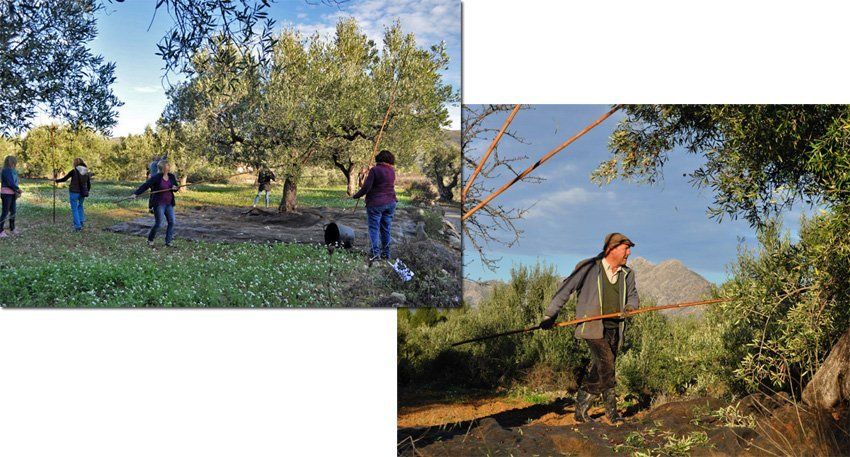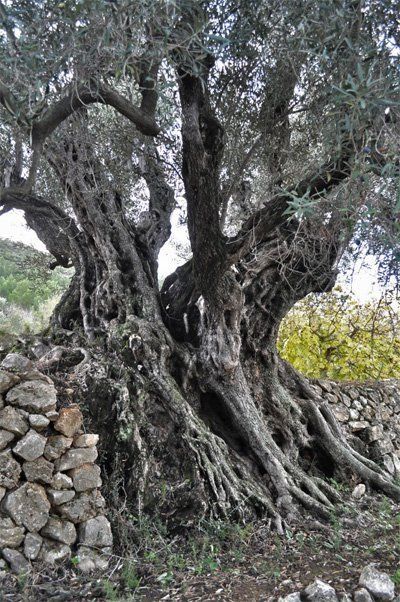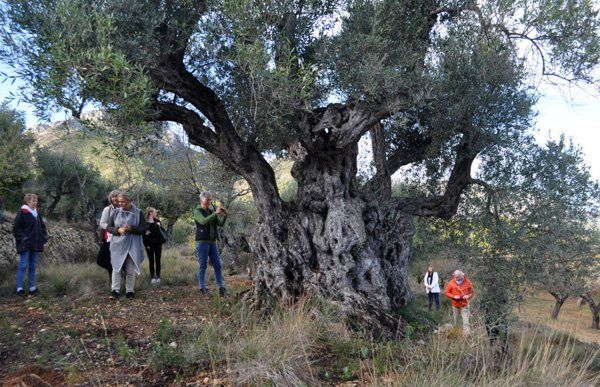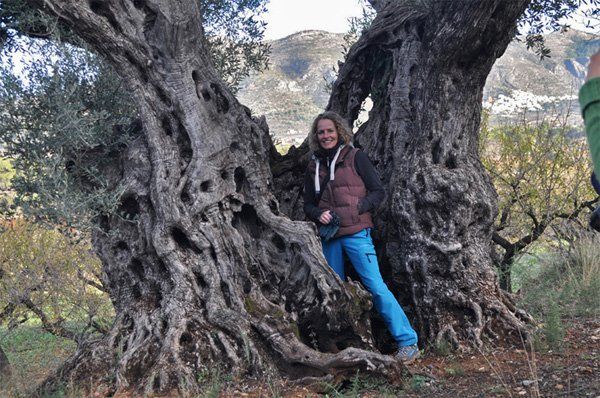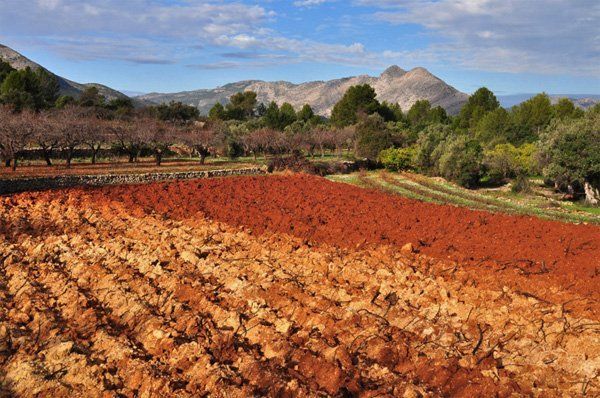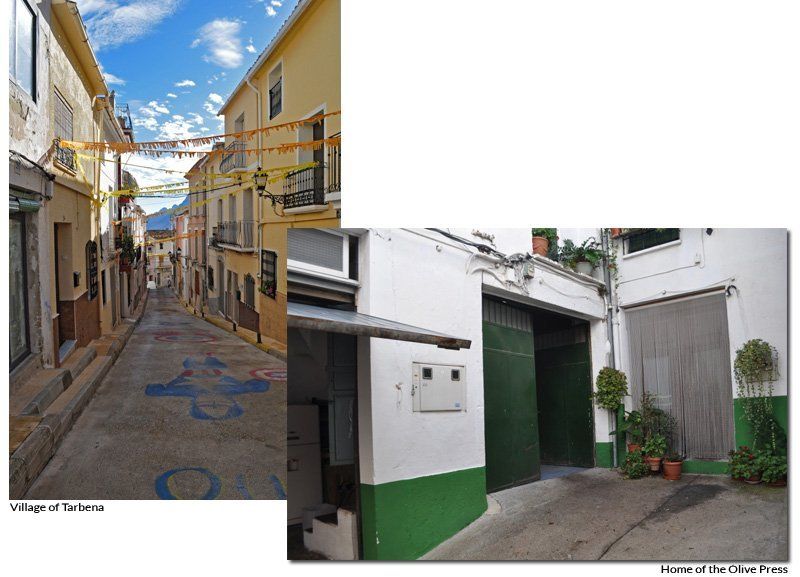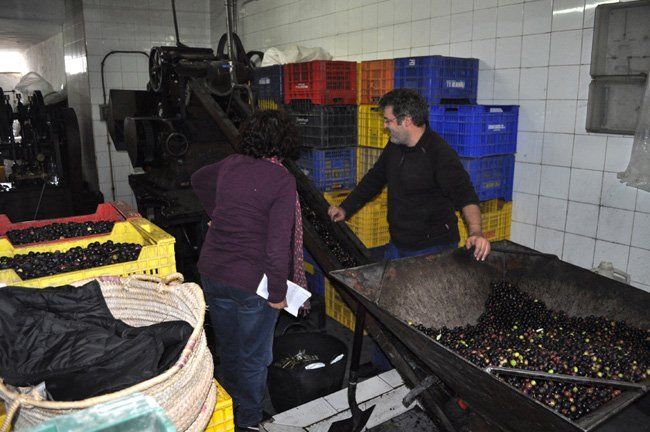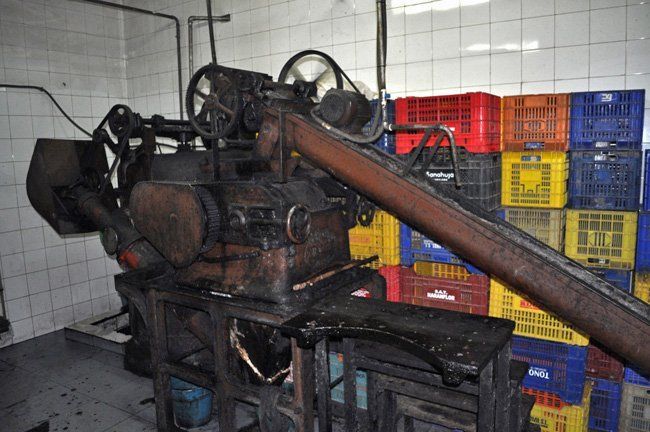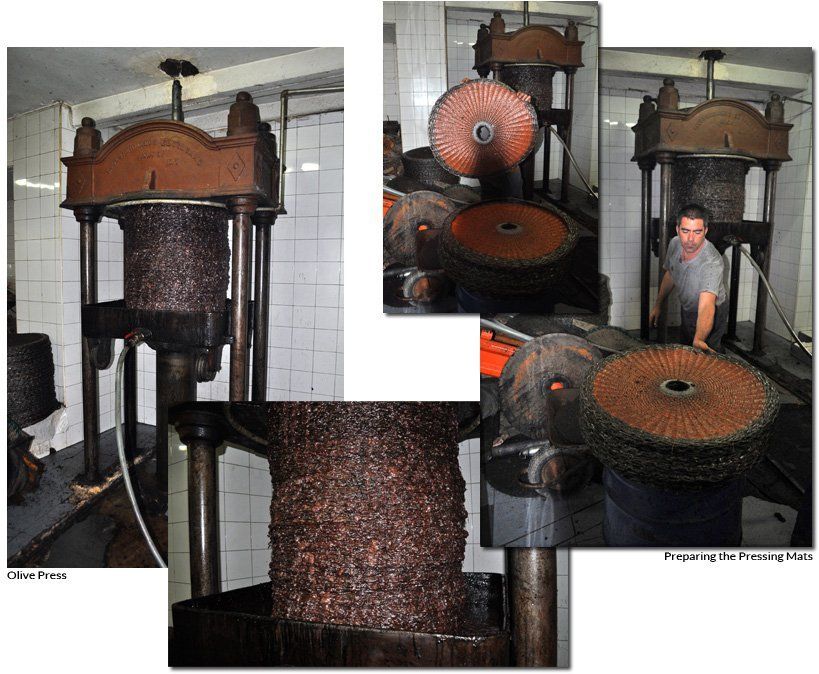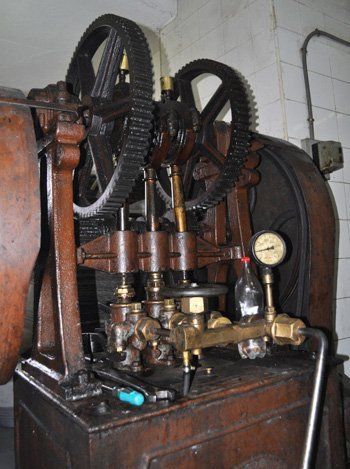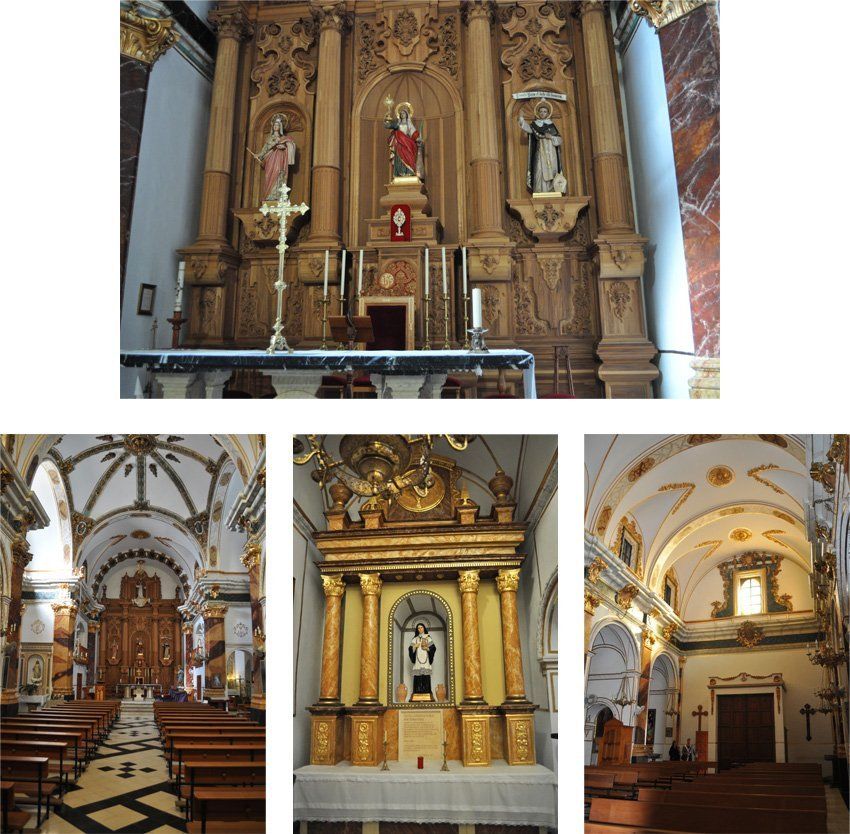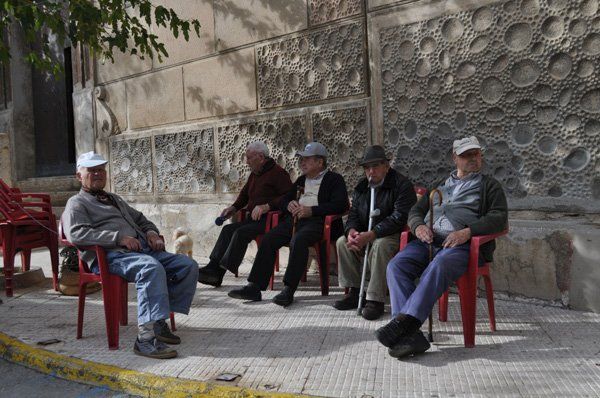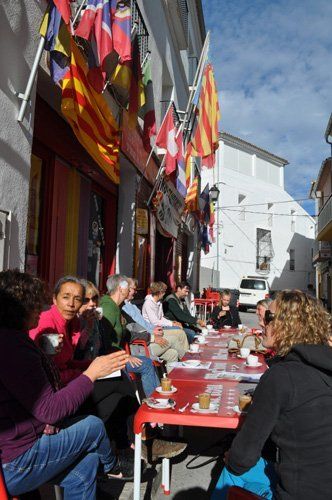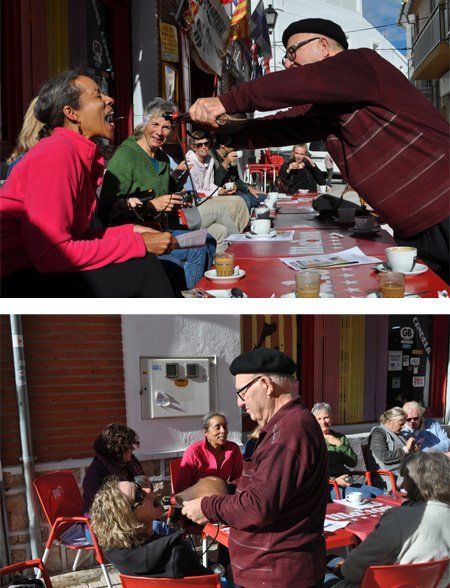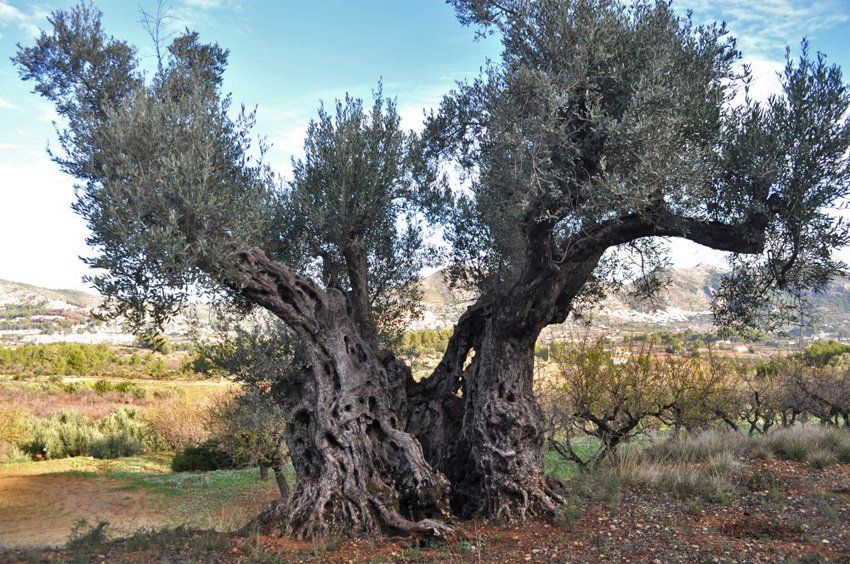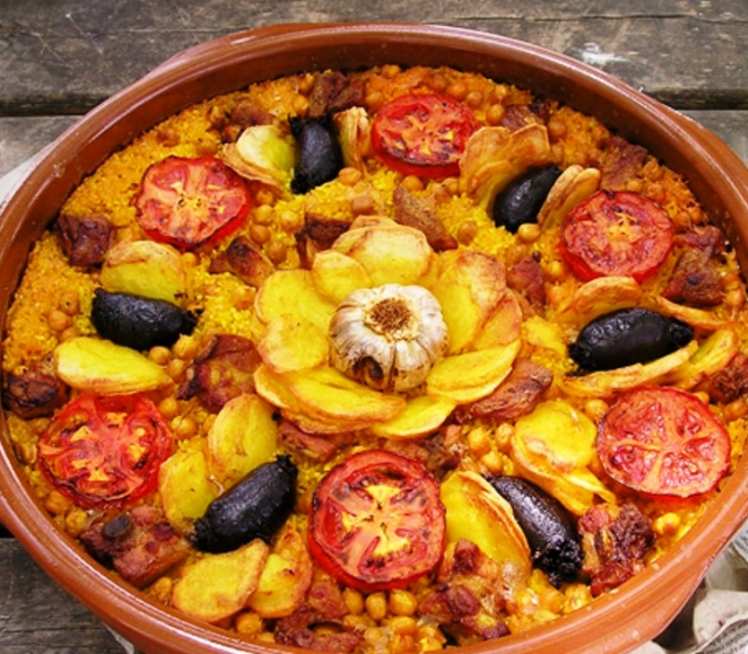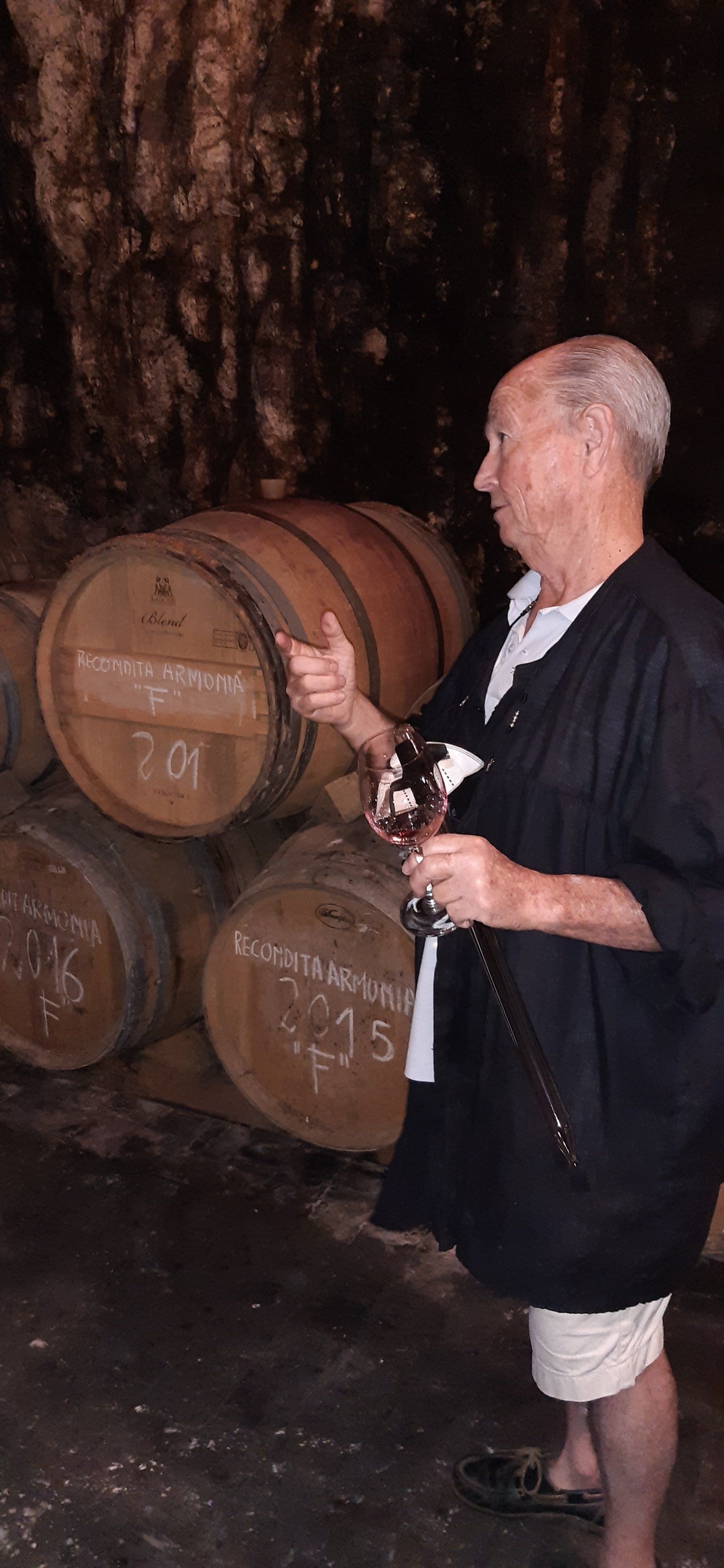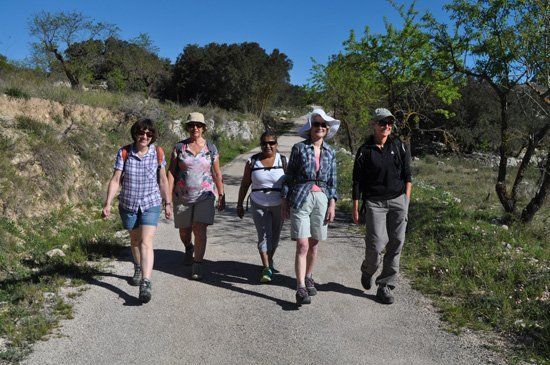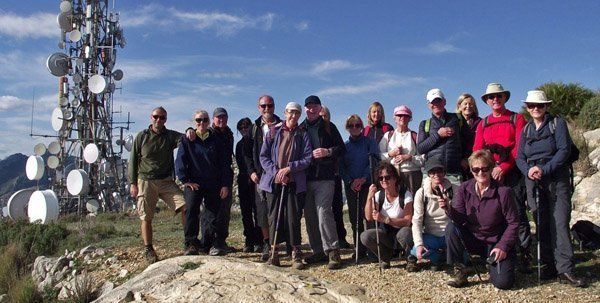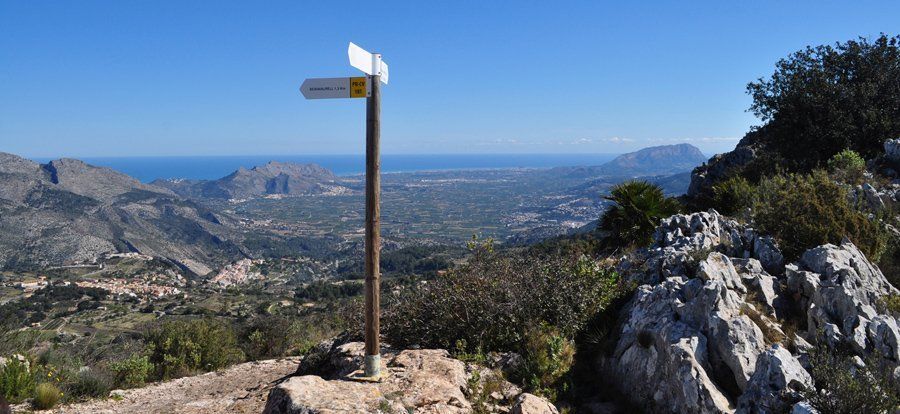The Journey of the Olive
We met in Jalon (Xalo) to personally experience the production of Olive Oil, from collecting the Olives with a local farmer to the process of extracting the oil from them.
Although it was a glorious morning the ground was still very muddy from the previous rain and I was seriously glad I'd put my boots on.
It seems one of the difficulties in farming olives is in the harvest. Because the olives ripen individually over about 4 weeks, by the time the last ripen the first have rotted. That's why you see some fallen olives on the ground before the farmers put their nets out.
It's quite hard work collecting olives so when we had finished we took a relaxing stroll just a couple of terraces up to see some old gnarly olive trees said to be possibly two thousand years old.
Surrounded by anything over a thousand years old wouldn't be an everyday event, but standing in the heart of a living tree maybe two thousand years old is once in a lifetime event, unless of course you live here!
It was a lovely area so we stopped to admire and photograph the views. We were curious of the contrasting soils from one side of the plot to the other and apart from the terracotta soil and the mountains we thought it had an English countryside feel to it.
Then it was off over the mountain, a nice drive in itself, to Tarbena where we were directed to this small innocuous looking building; home of the Olive Press.
The machinery seemed as old as the olive trees but was in perfect working order. This first machine drew the olives into the crusher and turned them into paste. This paste is then churned to allow miniscule drops of oil to agglomerate.
The paste is then placed on these weaved plates, which are then all stacked up and placed on the press which is used to separate the oil from the pulp. The remaining pulp is called Pomace and it still contains small amounts of oil only extractable by using chemicals, therefore cannot be classed as Virgin oil.
.To complete the transition to usable olive oil, the released oil from the press goes through the distiller and is refined. Well I say refined but I don't think you'll find any of this in Sainsburys, this is used by the local farming families. Most of the olives around here are for personal use only; olives in exchange for oil.
We had time to have a quick look around the local church, we were surprised to see how grand and ornate it was and quite large considering the total population here is just over 700.
This is very typical Spanish life to just pull a chair outside and socialise. We asked the guys if we could take a photo of them, which they agreed but not sure how happy they were about it.
Then it was off for a coffee at the renown Bar Can Pinet, famous for its owner, an elderly gentleman which a penchant for Fidel Castro and all things communist. The bar inside is like a museum, definitely worth a view!!
The one handed owner made an appearance and insisted we tried the local wine, we had no idea when we first agreed that it would consist of having the wine squirted into our mouths.
(A few interesting facts; the quality of olive oil is judged by a panel of tasters, with one of the main parameters being its acidity. Extra Virgin oil contains no more than 0.8% free acidity and it is predominantly produced in Greece, Italy and Spain slightly less. Other olive producing countries only produce less than 10% of Extra virgin from their crops; such is the superiority of the Mediterranean olive.
The term first press is meaningless today as there is never a second press (it refers to the old traditional stone presses).



